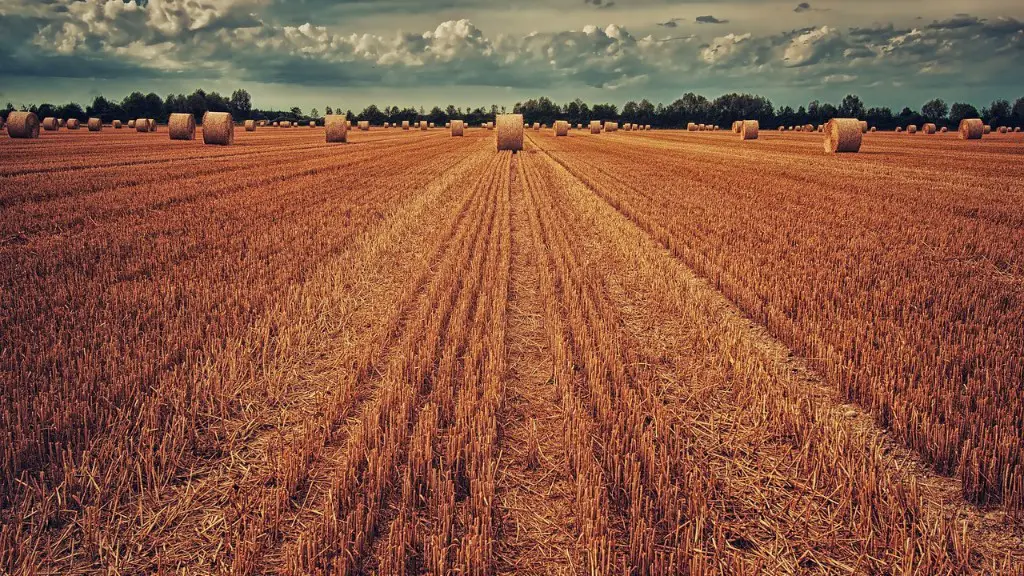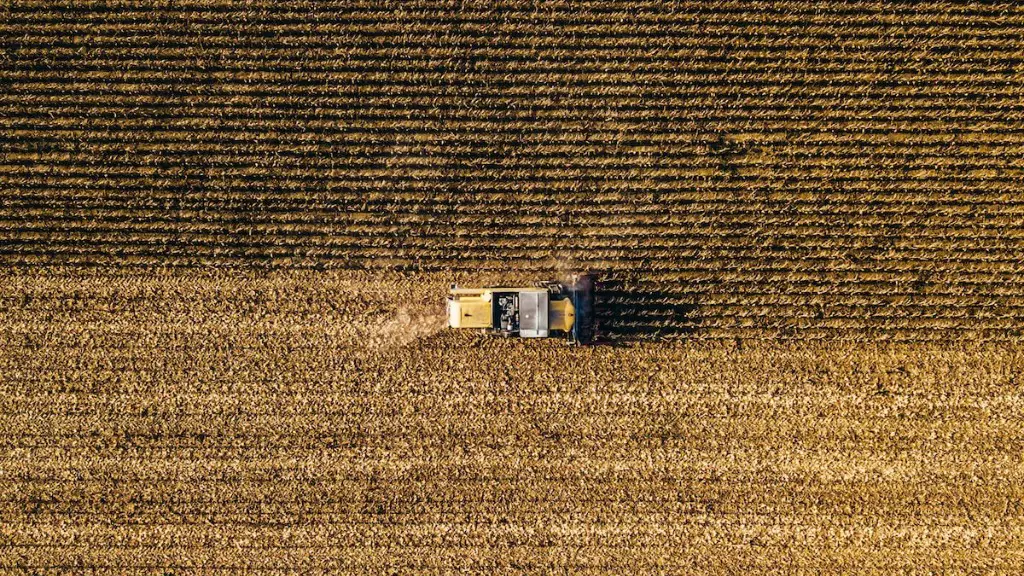A GMO (genetically modified organism) is a plant or animal that has been created through the gene splicing techniques of biotechnology. This relatively new science allows DNA from one species to be injected into another species, creating combinations of plant, animal, bacterial, and viral genes that do not occur in nature or through traditional crossbreeding methods.
The first commercially grown GMO crop was a virus-resistant tobacco plant released in China in 1992. In the two decades since, GM crops have been developed that are resistant to herbicides, pests, and drought. More than 18 million farmers in 26 countries grow GM crops.
A GMO is a genetically modified organism that has been created through the introduction of a foreign gene into a plant or animal. This process can be used to create crops that are resistant to herbicides or pests, or to create animals with better growth rates or disease resistance.
Why are GMOs used in agriculture?
GMO crops have been developed to help farmers prevent crop and food loss and control weeds. The three most common traits found in GMO crops are resistance to certain damaging insects, tolerance of certain herbicides used to control weeds, and resistance to certain plant diseases. GMO crops can help farmers increase yields, reduce costs, and improve the quality of their crops.
GM crops are those that have been engineered to introduce a new trait into the species. The purpose of doing this is generally to make the crop more resistant to pests, diseases, or environmental conditions, or to make it more resistant to chemical treatments. There are pros and cons to using GM crops, and the debate over whether or not they are safe and beneficial is ongoing.
What is GMO with example
GMO corn is used to make cornstarch, which is used in many food products. GMO sugar beets are used to make sugar, which is used in many food products.
Traditional methods of modifying plants, like selective breeding and crossbreeding, have been around for nearly 10,000 years. These methods involve the controlled pollination of plants with the desired traits in order to produce offspring with those same traits.
In recent years, however, newer methods of genetic modification have been developed that are much more precise and allow for much more specific changes to be made to the plant’s genome. These methods, collectively known as genome editing, use techniques like CRISPR-Cas9 to make targeted changes to the DNA of a plant.
Genome editing is a very powerful tool that can be used to create crops with desired traits very quickly and efficiently. However, it is also a very new technology, and as such, there is still much we do not know about it. There are also concerns about its potential risks and implications.
Why do farmers not like GMOs?
The financial burden associated with GMO contamination is significant. Not only does it affect seed purity, but it also has serious ramifications for organic and non-GMO farmers that face economic harm due to lost markets or decreased crop values. This is a major issue that needs to be addressed in order to protect the rights and livelihoods of all farmers.
The main concerns about the adverse effects of GM foods on health are the transfer of antibiotic resistance, toxicity and allergenicity. These are all serious concerns that need to be considered when consuming any GM food.
What does GMO do to the human body?
1. These studies show that GMOs do not affect you differently than non-GMO foods.
2. GMO foods are as healthful and safe to eat as their non-GMO counterparts.
3. Some GMO plants have actually been modified to improve their nutritional value.
GMO foods are designed to be healthier and cheaper to produce. Advantages of GMO foods can include added nutrients, fewer pesticides, and cheaper prices. Disadvantages of GMO foods can be allergic reactions or increased antibiotic resistance.
What are 3 ethical issues with GMOs
There are a few key ethical arguments to consider when it comes to genetically modified crops. The first is the potential harm to human health. There is always a risk when introducing new genes into the food supply that there could be unforeseen consequences for human health. The second argument is the potential damage to the environment. There is a risk that genetically modified crops could spread their modified genes to wild plants, potentially causing environmental harm. The third argument is the negative impact on traditional farming practice. While some see the potential for genetically modified crops to help farmers increase yield and reduce inputs, others worry that the reliance on these crops could lead to the loss of traditional knowledge and skills. The fourth argument is the excessive corporate dominance. Some worry that the companies that own the patents on genetically modified crops could have too much power and control over the food supply. The last argument is the ‘unnaturalness’ of the technology. Some people argue that the tampering with genes is unnatural and could have unforeseen consequences.
GMO crops are designed to be resistant to herbicides and pests, and to produce higher yields. However, there is significant debate over the safety of these crops, and whether or not they are actually more nutritious than non-GMO crops.
Why are GMOs bad for the environment?
There is a great potential for harm when it comes to genetic modification. If genetically modified organisms are introduced into the environment, they can wreak havoc on biodiversity. More dominant new species can easily overrun existing ones, which can lead to a loss of genetic diversity. These and other potential effects must be taken into account before any decisions are made about licensing.
As long as you’re referring to regular broccoli, and not a genetically modified version, you’re correct! Broccoli is the product of selective breeding, meaning that farmers have chosen specific plants to reproduce in order to create a desired outcome. While this does use environmental manipulation, it does not involve genetic modification, which is the alteration of an organism’s DNA. So go ahead and impress your friends with your broccoli knowledge – just make sure you’re using the term correctly!
How do you avoid GMO foods
The best way to avoid GMOs is to buy organic products. Look for the “non-GMO” label on food products, and avoid at-risk ingredients like corn, sugar beets, and soy.
GMOs are crops that have been genetically modified to contain a gene that makes them resistant to the herbicide Roundup. Canola, corn, cotton, papaya, potato, soy, and sugar beet are the most common GMOs. GMOs have been controversial because some people believe they are unsafe for human consumption. However, there is no scientific evidence to support this claim.
What are 4 cons of GMOs?
The use of GMOs brings both risks and benefits. On the one hand, GMO crops can be more resistant to pests and thus require less use of pesticides. On the other hand, the use of GMOs can result in changes in the interaction between plants and their environment, which can lead to problems such as invasiveness and toxic effects.
In recent years, there has been a lot of debate over the use of genetically modified organisms (GMOs) in agriculture. Some people argue that GMOs are necessary in order to produce enough food to feed the world’s growing population, while others worry about the potential risks of using them.
Now, a new study has looked at what would happen if GMOs were not used in agriculture. The research shows that without GMOs, consumers would pay somewhere between $14 and $24 billion more per year for food.
The study also found that without GMOs, we would see more poverty, more pesticide use, and more harmful pesticides. Additionally, greenhouse gas emissions would be higher, contributing to global warming.
While the debate over GMOs is sure to continue, this study provides valuable information about the potential impacts of not using them. It is important to consider all of the potential consequences before making any decisions about GMOs.
Final Words
GMOs, or genetically modified organisms, are plants, animals, or microorganisms that have been created through the gene-splicing techniques of biotechnology. This relatively new science allows DNA from one species to be injected into another species, creating combinations that would never occur in nature. For example, scientists have spliced the genes from a bacteria that produces a natural insecticide into the DNA of corn. The result is a plant that produces its own pesticide, protecting itself from pests.
GMOs are controversial because they can be used to create plants and animals that are resistant to herbicides and pests, making them more resilient and productive. However, some people are concerned about the safety of GMOs and the long-term impact of biotechnology on the environment and human health.
After doing extensive research on the topic, it is clear that there are many different opinions on GMOs in agriculture. Some people believe that GMOs are necessary in order to feed the growing population, while others believe that GMOs are harmful to the environment and human health. However, the jury is still out on this issue and more research needs to be done in order to determine the true impact of GMOs.





